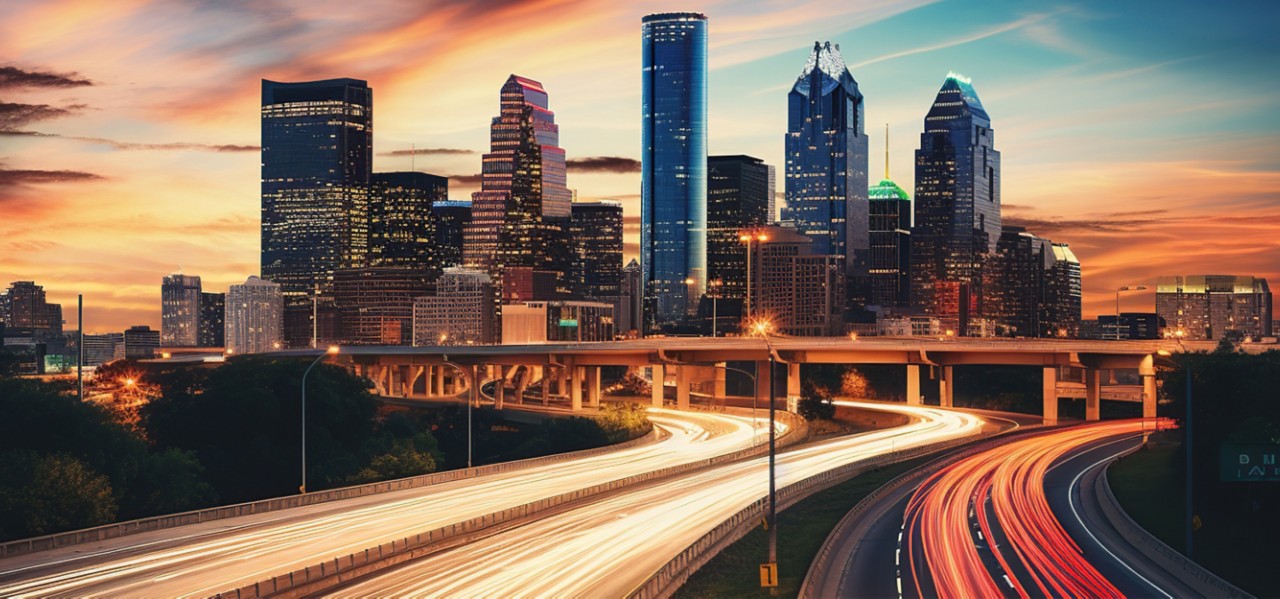- Saflex and Vanceva
- History
- Eastman
Architecture
Saflex for laminated glass is valued in architectural applications. Our interlayers effectively hold the glass together during extreme events like hurricanes and bomb blasts. Beyond safety and security, our products offer exceptional structural performance, acoustic sound reduction, bird protection and solar ultraviolet protection. Whether it’s in airports, hospitals, schools or industrial complexes, Saflex ensures a secure and comfortable environment.
Vanceva provides architects and designers with an unmatched range of over 69,000 transparent, translucent or solid colors for laminated glass. This expansive palette sets new standards in glass customization, allowing you to create unique and vibrant spaces. Saflex and Vanceva color interlayers can be combined in a variety of applications, giving you the opportunity to achieve structural support, acoustic and solar control, UV and storm protection, and beautiful aesthetics.
Automotive
Saflex offers advanced interlayers specifically designed for automotive applications. These interlayers are engineered to deliver exceptional performance and meet the specific requirements of the automotive industry. Whether it’s improving visibility and safety with head-up displays, reducing weight for improved fuel efficiency or enhancing the comfort of the vehicle by reducing noise, Saflex automotive interlayers are designed to perform.
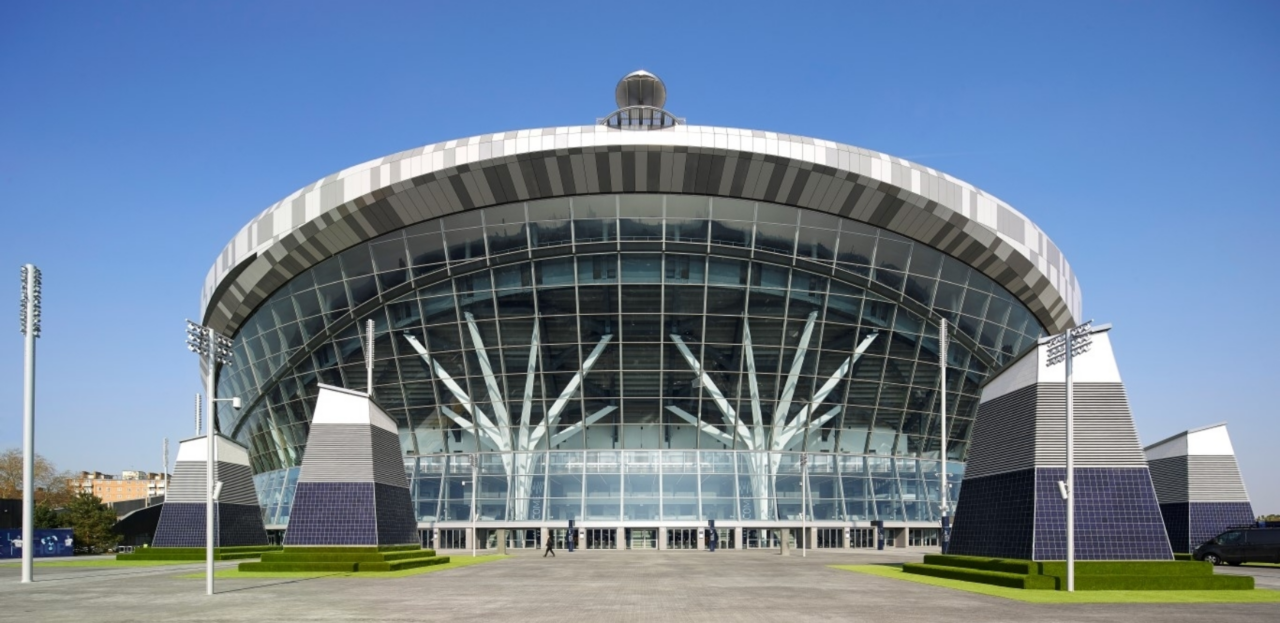
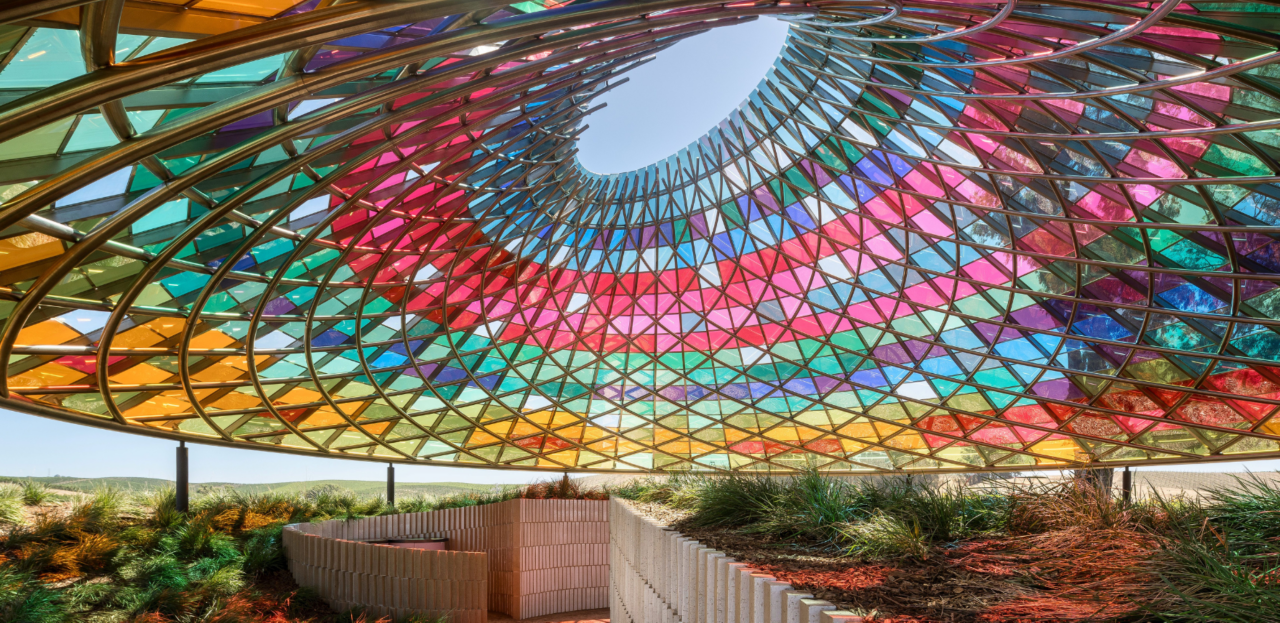
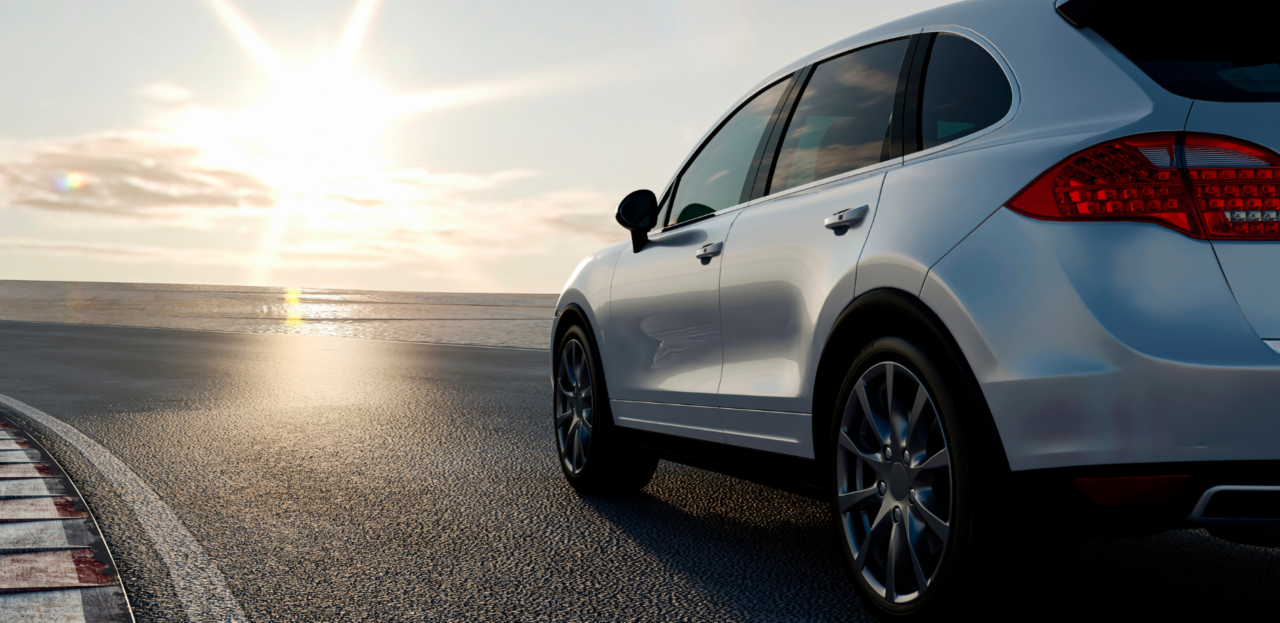
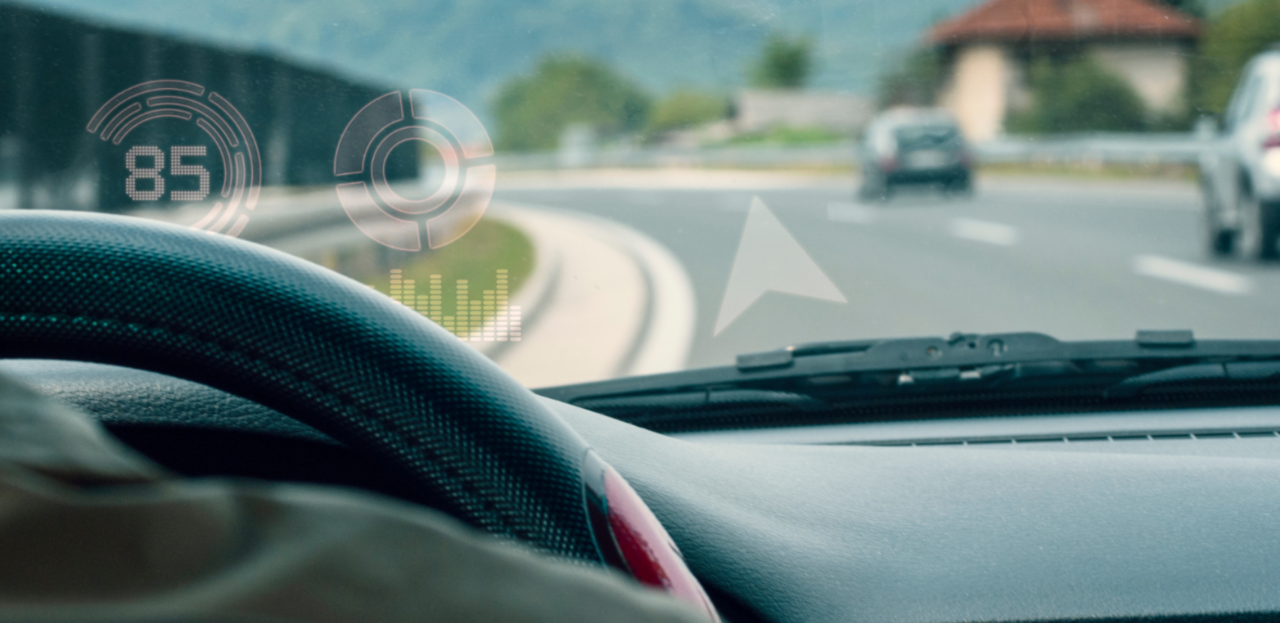
In 1938, Monsanto began manufacturing PVB resin in a joint venture with Shawinigan Resins of Canada, which resulted in the production of the Saflex brand interlayer at its adjoining plant in Springfield, Massachusetts. These early interlayers offered vastly improved processing and windscreen performance compared to previously used cellulose acetate and quickly displaced it in this application.
By the early 1950s, architectural use of laminated glass began to increase and colored interlayer products were introduced for this application. Monsanto developed a process to put a gradient color band on the automotive interlayer and began offering it commercially in 1951.
In the early 1960s, Monsanto expanded its production facilities to Trenton, Michigan, and Ghent, Belgium, and introduced the first HPR (high penetration resistant) interlayer in 1965. This product approximately tripled the penetration resistance of windscreens, and federal standards requiring laminated windscreens in the United States were enacted in 1967.
In 1997, Monsanto’s chemical business was spun off to create Solutia, which merged with Eastman in 2012. Eastman remains fully committed to maintaining the leadership position of Saflex and serving the laminated glass market for years to come.
Eastman is recognized as a world leader in PVB interlayers and has continued to expand production facilities worldwide and meet new needs of the laminating industry with products offering superior processing, laminate performance and durability.
